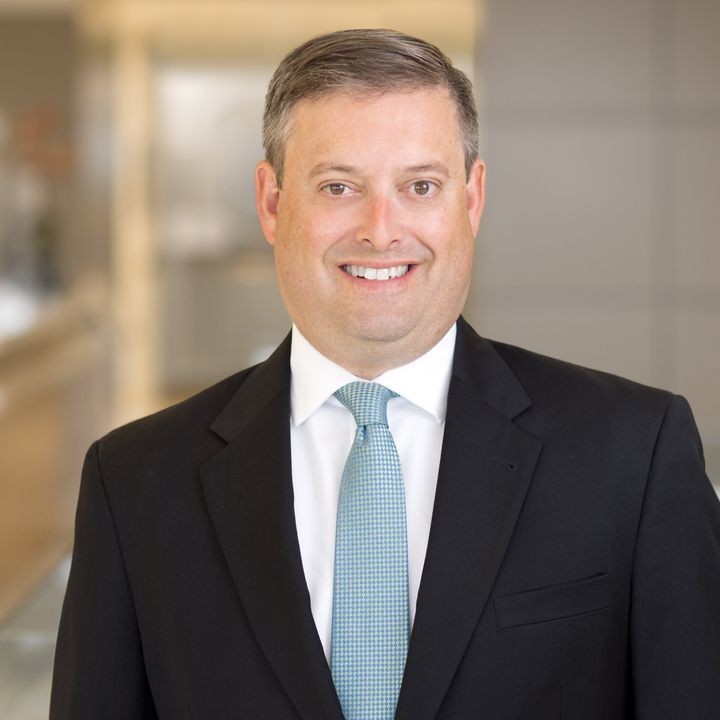Supreme Court Raises the Bar for Class Action Suits by Requiring Plaintiffs to Show a Specific Calculation of Damages for the Specific Theory of Harm for which a Class is Certified
Client Alert | 3 min read | 03.28.13
On March 27, 2013, in Comcast Corp. v. Behrend, the Supreme Court ruled in a 5-4 decision that a class cannot be certified under Rule 23(b)(3) unless plaintiffs prove that they can calculate damages on a classwide basis, and that the proposed damages methodology isolates damages to the specific theory of harm for which the class is certified. Building on its decision in Wal-Mart v. Dukes, the Court confirmed that the analytical principles it articulated for determining whether the Rule 23(a) factors are satisfied apply equally—if not more so—to Rule 23(b), particularly because Rule 23(b)(3)'s predominance prong is more demanding. In finding that the district court had improperly certified the class, the Court reaffirmed that a court cannot sidestep the mandated rigorous analysis required for class certification under Rule 23 simply because the inquiry would also be relevant to the merits determination.
In Comcast—a case that involved antitrust allegations related to "clustering" arrangements in the Philadelphia cable market—plaintiffs presented four theories of damages that they claimed supported class treatment. The district court accepted only one of these theories. Plaintiffs' expert's model, though, accounted for all four and therefore did not separate out the effect of legitimate conduct from anticompetitive conduct. The district court nonetheless certified the class under Rule 23(b)(3), and the Third Circuit affirmed.
The Supreme Court reversed this ruling, holding that plaintiffs' economic expert's model was inadequate to support class certification. The Court held that to demonstrate that damages could be proven on a classwide basis sufficient to meet Rule 23(b)(3)'s predominance requirement, plaintiffs' proffered methodology had to establish that the supra-competitive prices complained of were attributable specifically to the theory of harm underlying the certified class. The Court found that plaintiffs' expert's more generalized damages modeling, which encompassed theories of harm rejected by the district court, was insufficient to support class certification. It rejected the district court's reliance on plaintiffs' assurances that they could prove damages on a classwide basis later if they were to prevail on their theory of harm. Rather, the Court affirmed that it is the district court's duty to ensure at the class certification stage that the plaintiffs have put forth a valid, non-speculative method of establishing classwide damages flowing from the alleged harm, even if doing so implicates issues going to the ultimate merits.
In a sharp dissent, four justices argued that the majority's decision does not break new ground on class standards, and that the Court's decision should be read narrowly and confined to the particular facts of this case. But despite this cautionary note, the Court's decision likely presents new grounds for defendants to fight class certification under Rule 23(b)(3), especially in the antitrust context. Not only does it confirm that plaintiffs must sufficiently tailor their damages analyses to the theories of liability, but it confirms more generally that plaintiffs' failure to offer a valid methodology to prove classwide damages can itself be a basis for denying certification. It also represents a continuation of a recent trend in the Supreme Court toward raising the bar for class certification in federal court. The decision does not, however, provide any further guidance on the brewing debate about the extent to which Daubert v. Merrell Dow Pharmaceuticals, which governs the admissibility of expert testimony, applies at the class certification stage, notwithstanding the Court's reformulation of the question on which it granted certiorari.
Contacts
Insights
Client Alert | 10 min read | 12.24.25
Since the signing of Executive Order 14187 (“Protecting Children from Chemical & Surgical Mutilation”) in late January 2025, the Trump Administration has made its skeptical stance on gender-affirming care—especially regarding services provided to minors—clear.
Client Alert | 3 min read | 12.24.25
Keeping it Real: FTC Targets Fake Reviews in First Consumer Review Rule
Client Alert | 5 min read | 12.23.25
An ITAR-ly Critical Reminder of Cybersecurity Requirements: DOJ Settles with Swiss Automation, Inc.
Client Alert | 2 min read | 12.23.25
Record-Setting False Claims Act Settlement Highlights DOJ Commitment to Customs Enforcement




